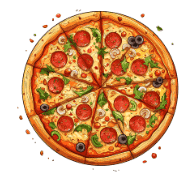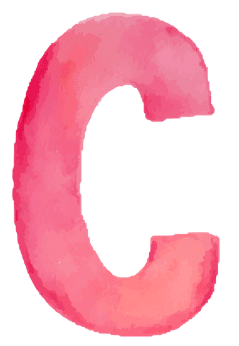Everyday Mathematics: Shapes and Patterns | Mathematics Olympiad for Class 3 PDF Download
Q1. A shape has 2 small triangles inside it. If you count all triangles, including the big one, how many are there?
(a) 3
(b) 4
(c) 5
(d) 6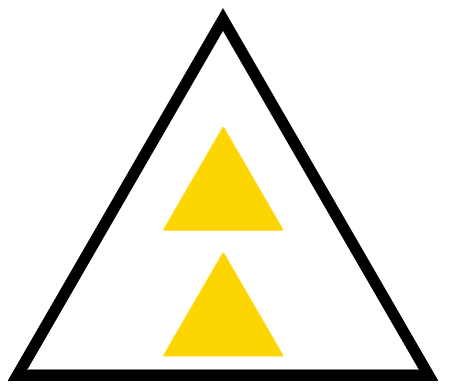
Ans: (a) 3
The 2 small triangles plus the big triangle make 3 total triangles.
Q2. A pizza is round with no corners. Which shape is a pizza most like?
(a) Square
(b) Circle
(c) Triangle
(d) Rectangle
Ans: (b) Circle
A pizza is round with no corners, matching a circle, which has no edges or corners.
Q3. The letter C doesn’t connect at any point. Is it an open or closed shape?
(a) Closed
(b) Open
(c) Both
(d) Neither
Ans: (b) Open
The letter C has a gap and doesn’t connect, making it an open shape.
Q4. A laptop screen has two long sides and two short sides. Which shape is it most like?
(a) Oval
(b) Square
(c) Rectangle
(d) Triangle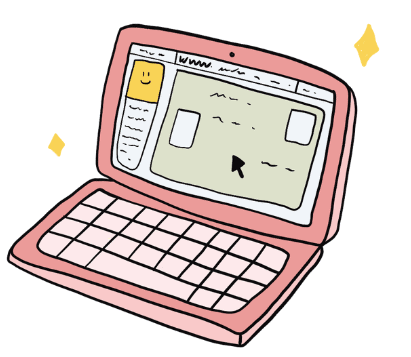
Ans: (c) Rectangle
A laptop screen has opposite sides equal but different lengths, matching a rectangle, as noted in the examples (e.g., laptop screen).
Q5. An egg is a shape with no straight lines. Which shape matches this description?
(a) Rectangle
(b) Oval
(c) Square
(d) Triangle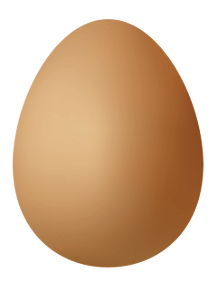
Ans: (b) Oval
An egg has no straight lines, like an oval, which has no edges or corners, per the notes (e.g., an egg).
Q6. A circle has no edges. How many more edges does a rectangle have than a circle?
(a) 2
(b) 3
(c) 4
(d) 5
Ans: (c) 4
A circle has 0 edges, and a rectangle has 4 edges.
Difference: 4 - 0 = 4.
Q7. A wall pattern repeats 1 square and 2 triangles each time. If there are 3 squares, how many triangles are there?
(a) 3
(b) 4
(c) 5
(d) 6
Ans: (d) 6
The pattern is 1 square and 2 triangles per set. For 3 squares: 3 sets, each with 2 triangles, so 3 × 2 = 6 triangles.
Q8. A sandwich cut into 3 sides is a common snack. What shape is this sandwich piece?
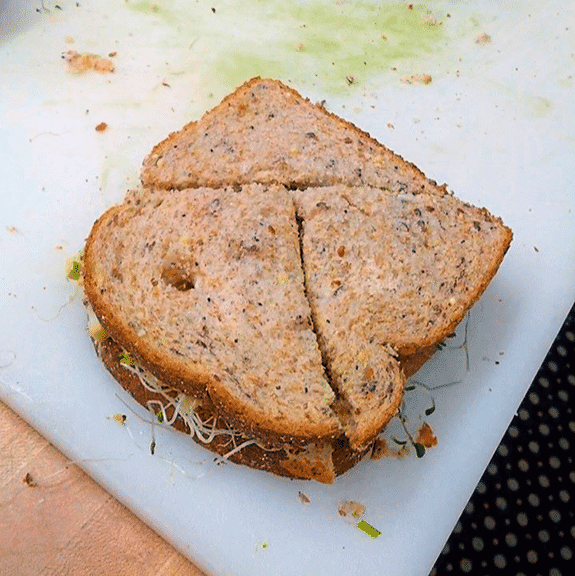 (a) Oval
(a) Oval
(b) Square
(c) Triangle
(d) Rectangle
Ans: (c) Triangle
Three sides describe a triangle, which has 3 edges and 3 corners.
Q9. A book has 4 corners as a rectangle. How many more corners does it have than an oval plate?
(a) 2
(b) 3
(c) 4
(d) 5
Ans: (c) 4
A rectangle (book) has 4 corners, and an oval has 0. Difference: 4 - 0 = 4, per the edges and corners table.
Q10. A curtain pattern repeats a triangle shape over and over. What is this repetition called?
(a) Corner
(b) Edge
(c) Pattern
(d) Closed Shape
Ans: (c) Pattern
Repeating a shape, like triangles on a curtain, is a pattern.
|
36 videos|72 docs|49 tests
|
FAQs on Everyday Mathematics: Shapes and Patterns - Mathematics Olympiad for Class 3
| 1. What are the basic shapes that we learn in Class 3? |  |
| 2. How can patterns be created using shapes? |  |
| 3. Why are shapes and patterns important in mathematics? |  |
| 4. What activities can help reinforce learning about shapes and patterns? |  |
| 5. How can parents help their children understand shapes and patterns at home? |  |

